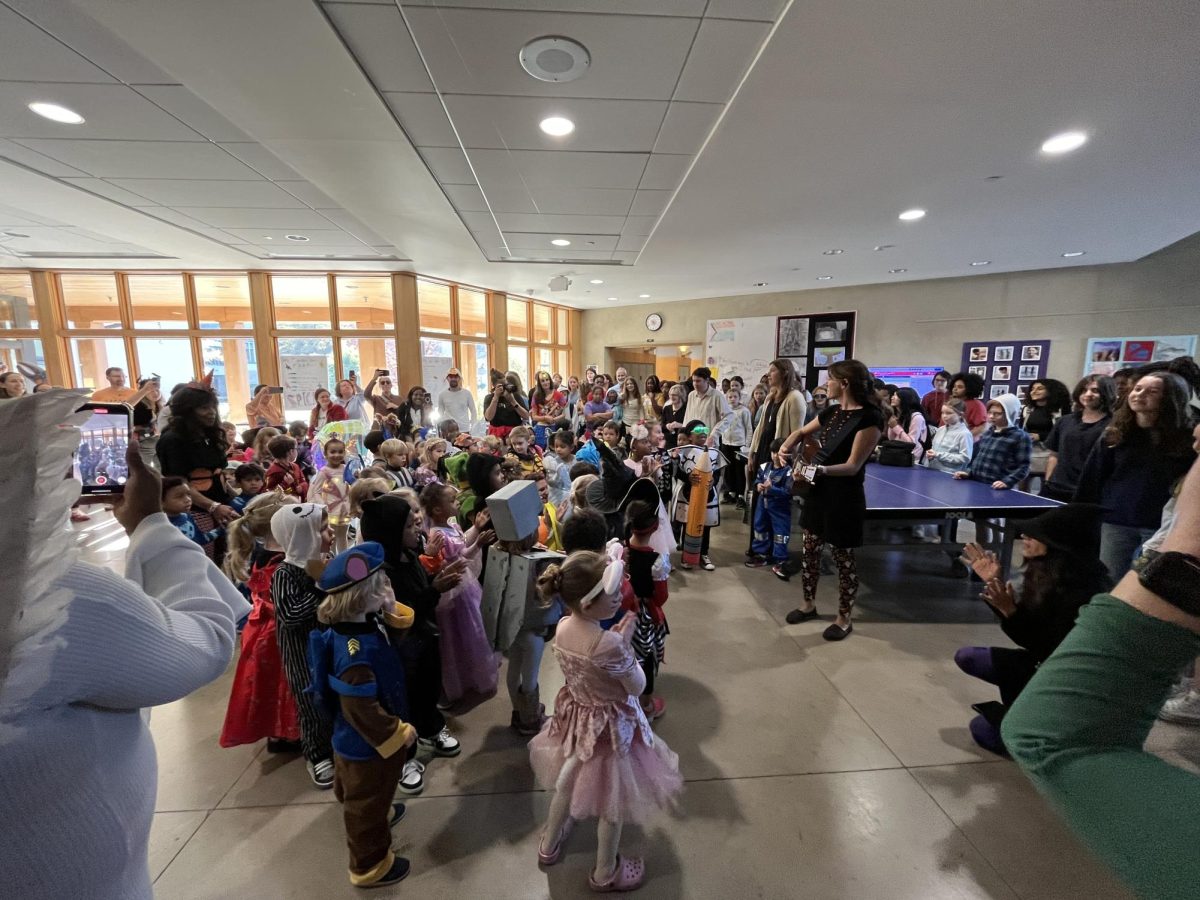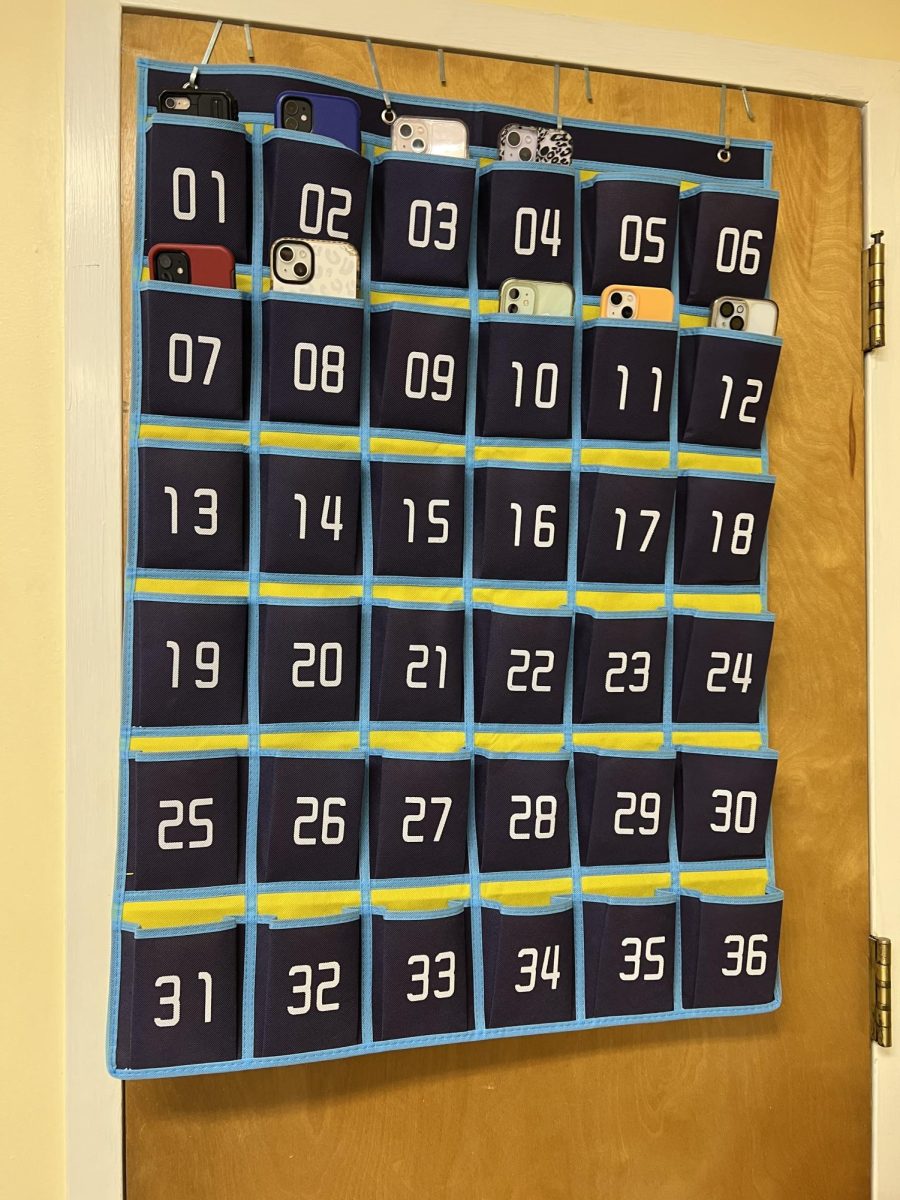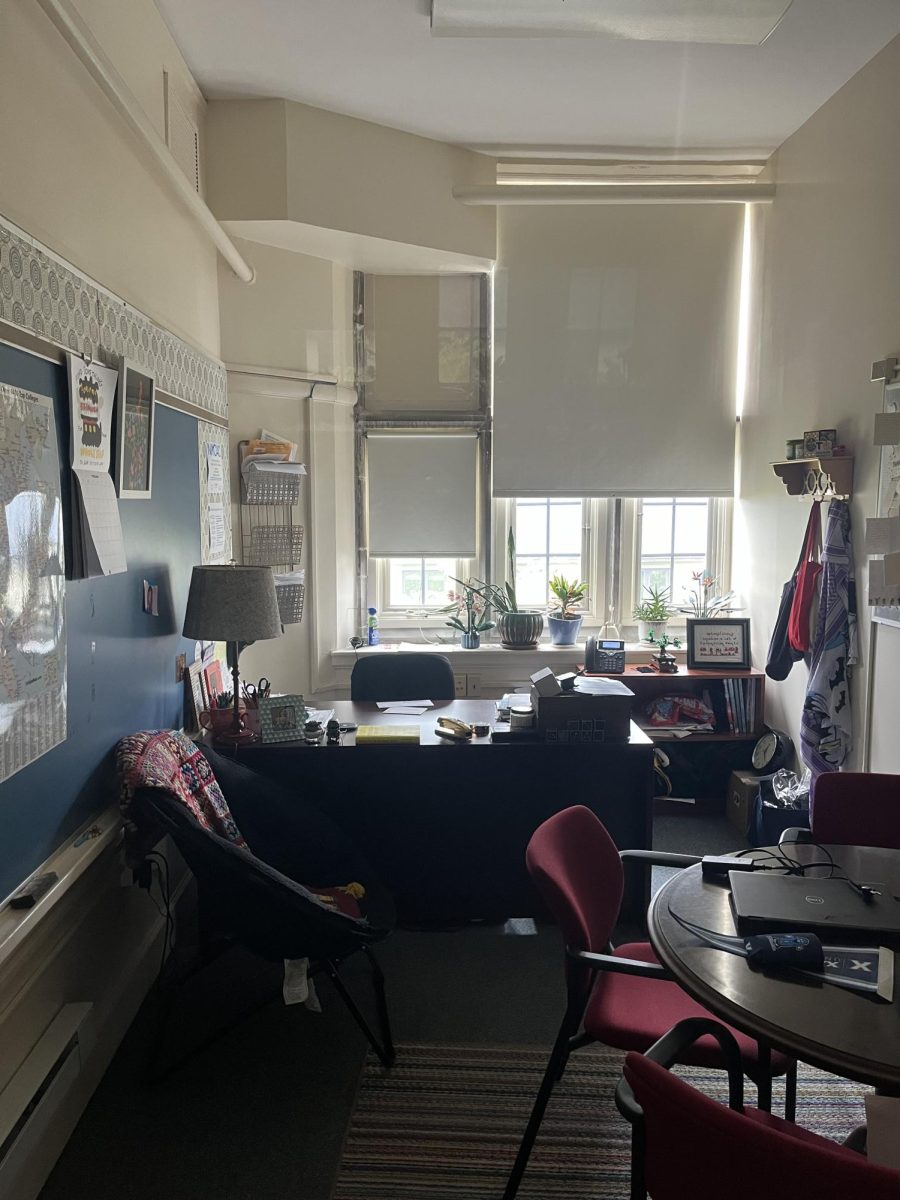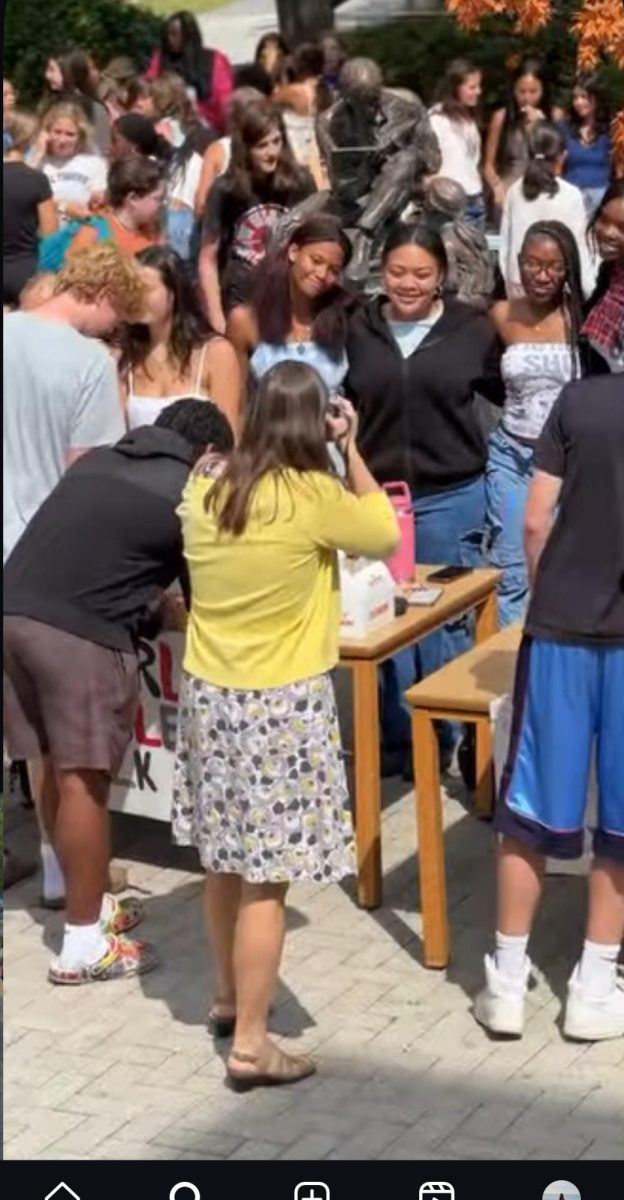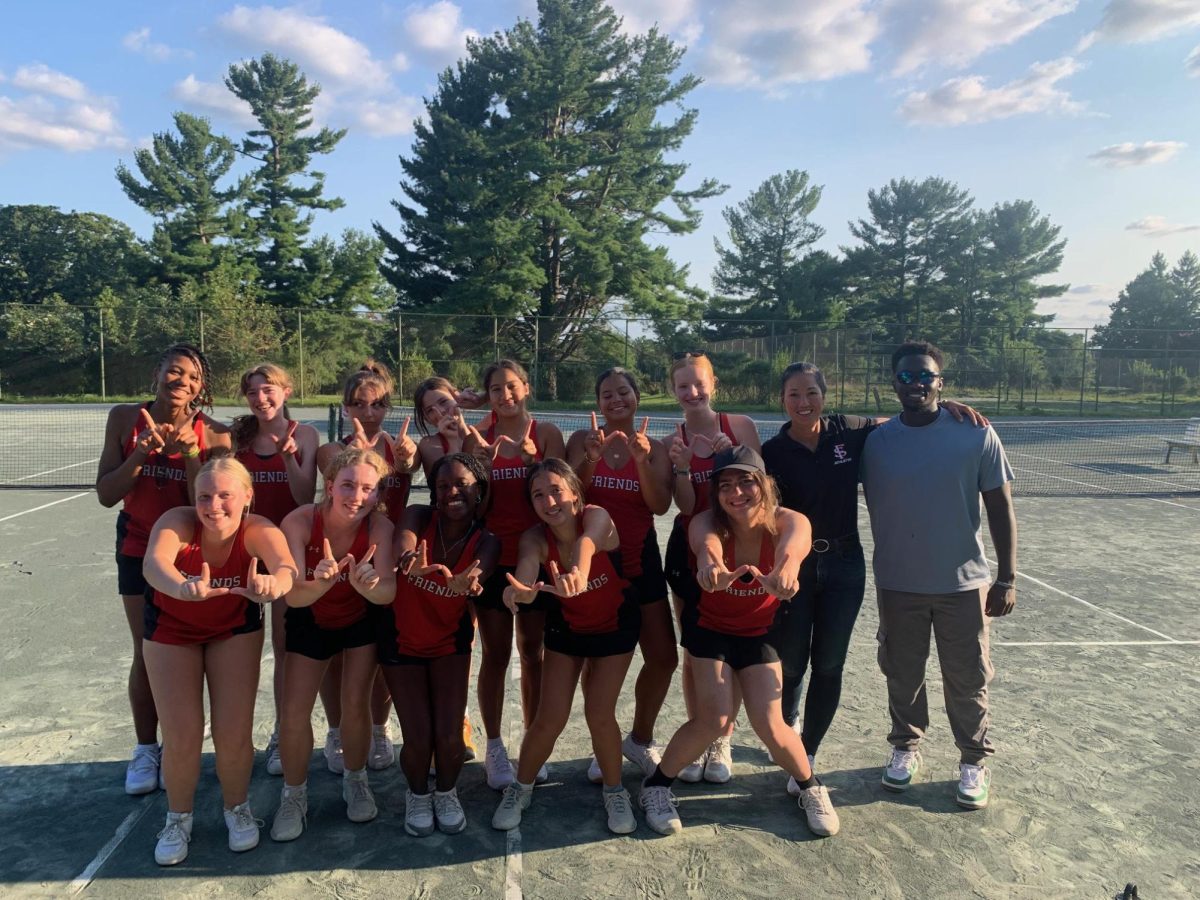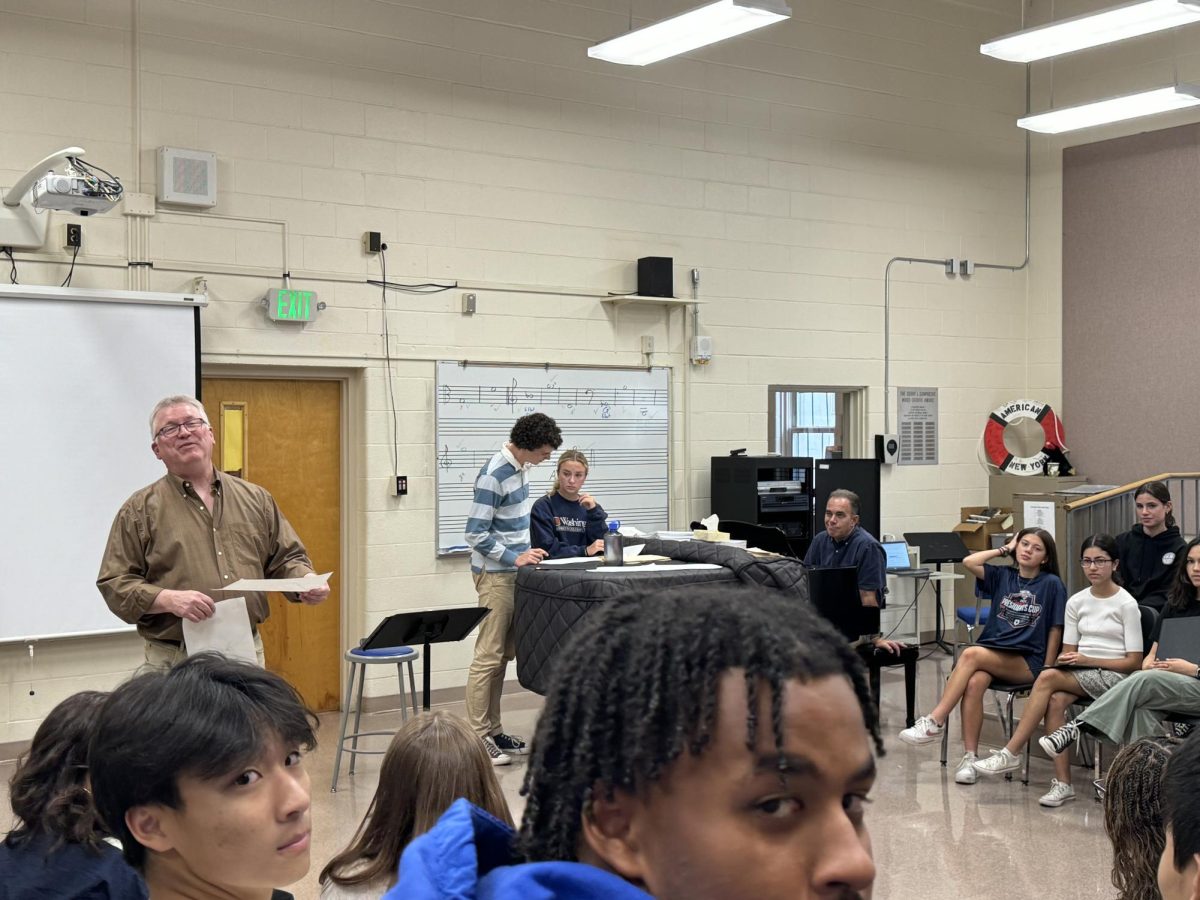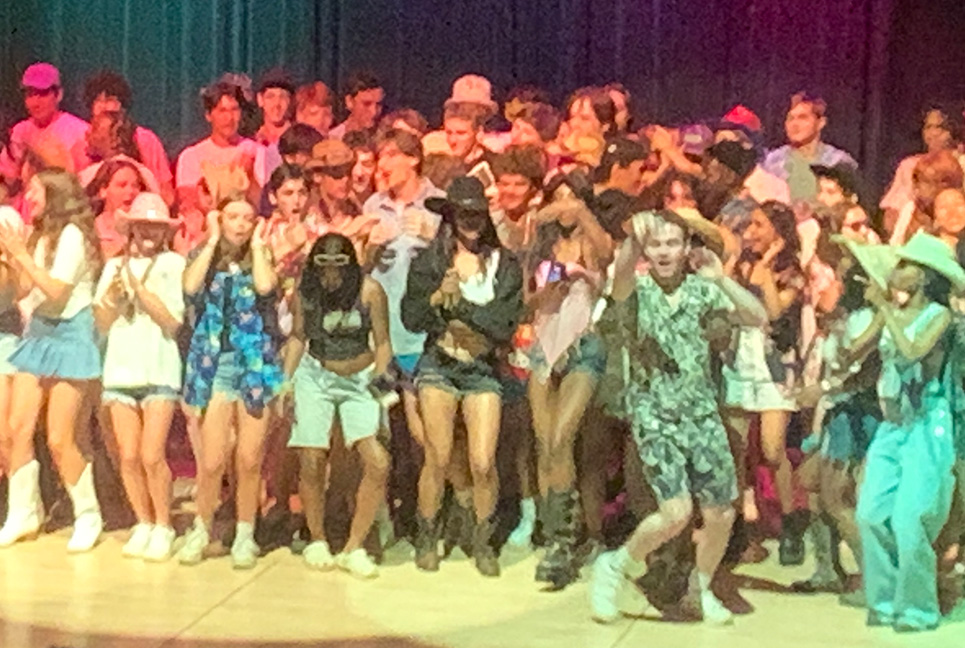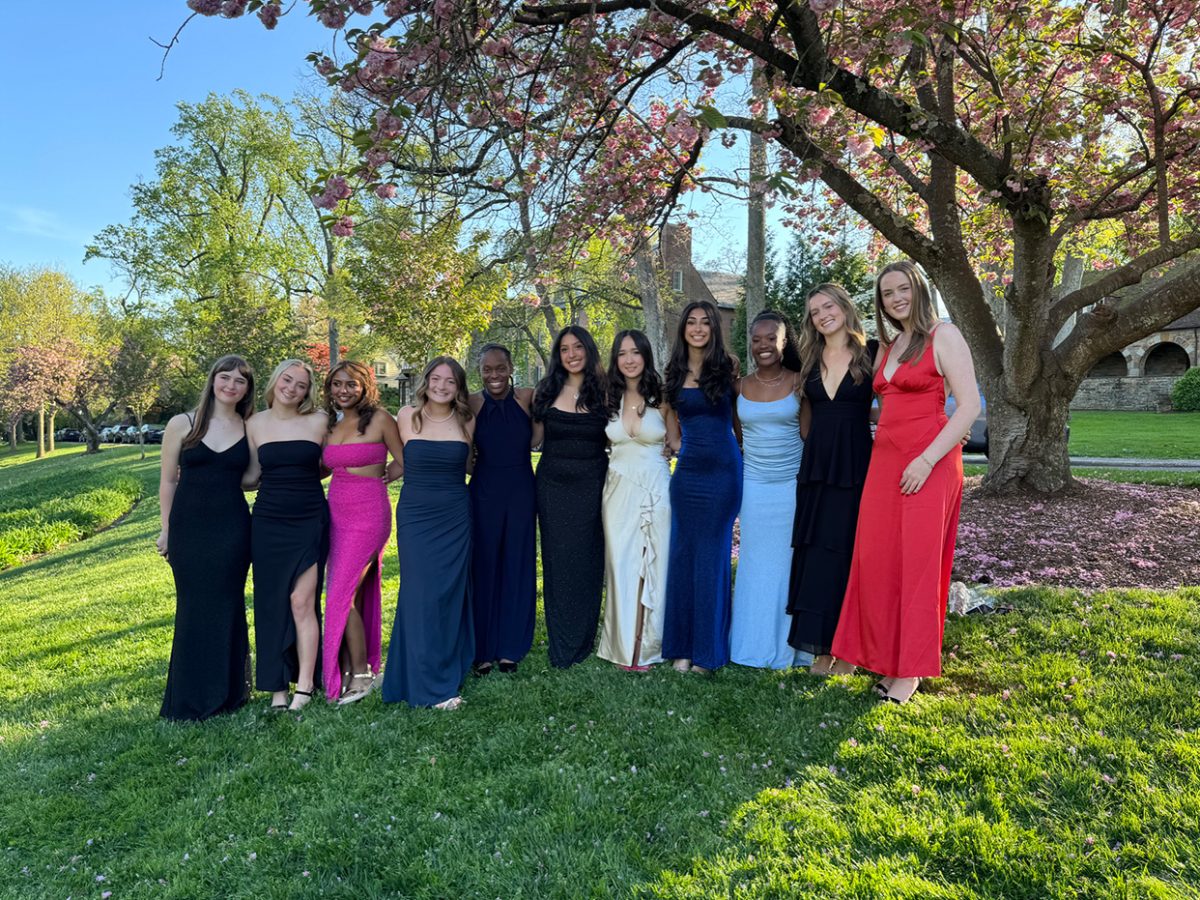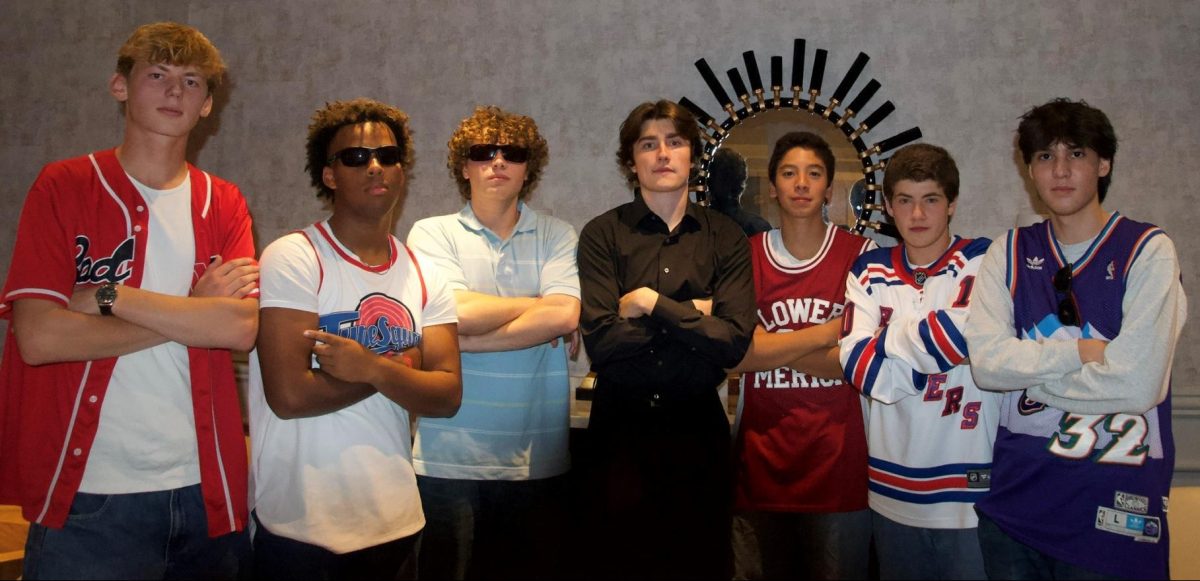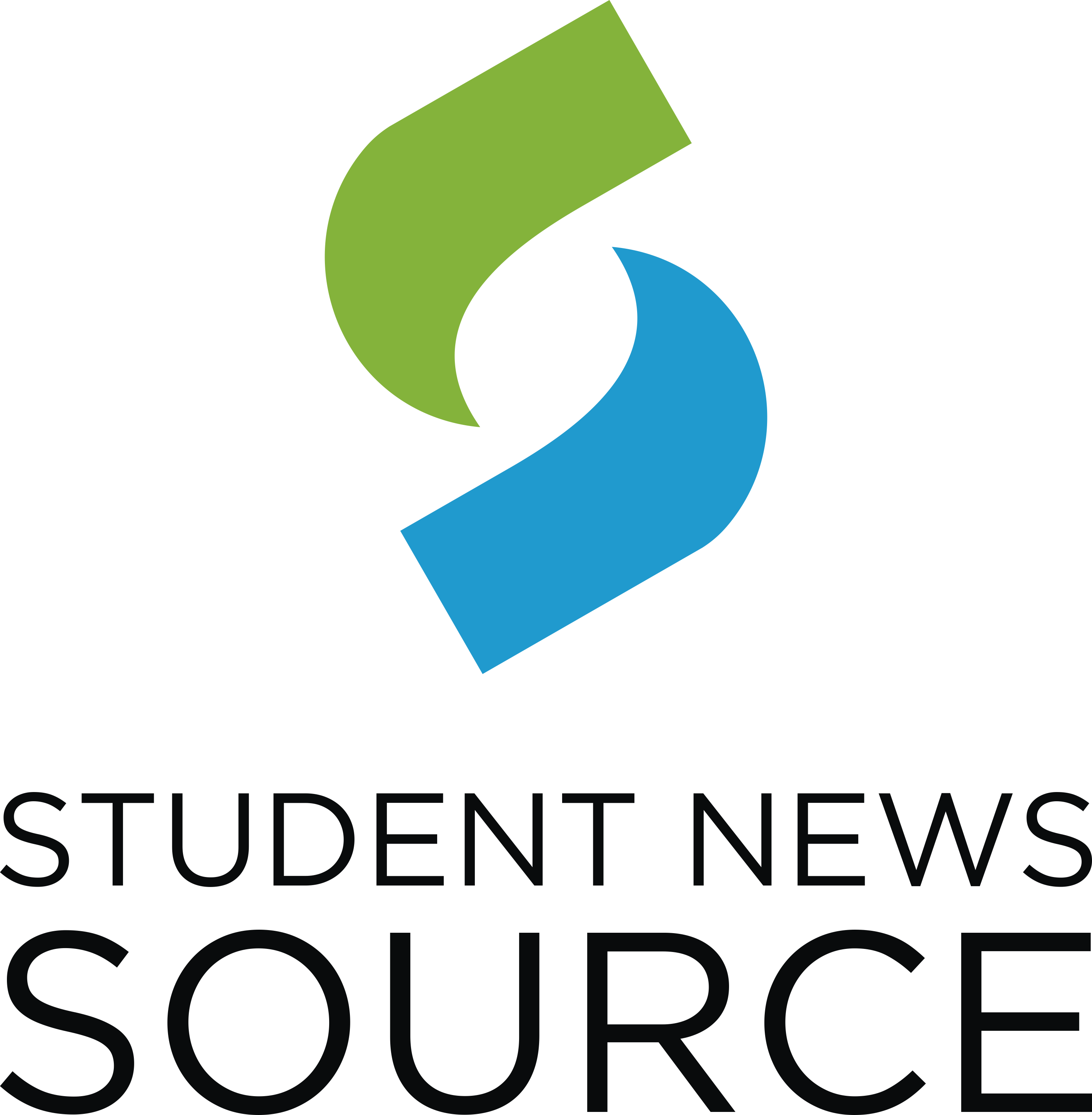Friends Leads on COVID, but Questions Remain
Among local schools, Friends has been the most vigilant about testing and transparent about case #s. But some students question contact tracing protocols.
A box of covid tests sits in the office of Friends School Nurse Lynne Anonye.
December 2, 2021
A little over three months into the school year, there have been 58 COVID-19 cases at Friends School. Fortunately, over the past month, the number of new cases has decreased to 0-3 a week.
Among local schools, Friends has been unexpectedly transparent to students, faculty, and families about cases and protocols, and public information is updated weekly on the Friends School website. At the same time, the school is not clear on how they do contact tracing, and some students are concerned.
“When it comes to contact tracing here, I think as long as there remains a level of transparency between the school and people … it’s a good way to go about doing,” says freshman Khalil Lovett. “But if there wasn’t that level of transparency, then it would be a really bad situation for the parents and the students because [they] wouldn’t be able to trust the school.”
The majority of Friends’ reported cases have been found through the school-wide weekly testing implemented in September. The entire 5th grade, the entire 1st grade, two classes in 4th grade, and one class in 2md grade, have all temporarily switched to virtual learning in the first three months of school. Currently, there have been 40 COVID-19 cases in the Lower School, 12 in the Middle School, 13 in the Upper School, and three from non-teaching employees.
“So, we are seeing an increase in the Lower School students,” said school nurse Lynne Anonye. She has a theory as to why there are a larger number of cases there.
“In this population, they are not vaccinated,” she says.
Lower School Head Michelle Holland explains that COVID-19 protocols have recently changed in the elementary grades, in an effort to bring case numbers down.
“In the Lower School we changed several things. We were grouped by the whole grade, so the whole grade could interact…. Now it’s by the homeroom,” she says. “Before we were eating lunch inside most days, but now every day they have snack and lunch outside unless it’s inclement weather.”
How quarantined classes look in Lower School
Jessica Monterastelli, a college guidance counselor in the Upper School, recently experienced COVID-19 in the Lower School firsthand, when her daughter had to quarantine. Her daughter is not COVID-positive, but someone in her 2nd grade classroom tested positive. So the whole class had to shift to online learning.
“It was not a happy surprise,” said Ms. Monterastelli.
Still, she says, she was pleased with how the school informed her and handled the shift to online.
“The email itself was incredibly detailed, and really helpful,” she says. The school also called the next day to check in on the family. Monterastelli says the shift back to online learning was also relatively smooth.
“The learning part has been outstanding,” she says. “I’m fortunate, I guess, because my daughter’s teacher was the virtual teacher last year, so she is a pro. Just a very consistent day.”
Monterastelli and her spouse are vaccinated, so they didn’t have to quarantine, because of the school’s policy.
“Provided there are no symptoms, anyone who is in the household can continue [to work], especially those who are vaccinated,” she explains.
While the Upper School students who have tested positive for COVID-19 are a mixture of vaccinated and unvaccinated students, Nurse Anonye highly encourages students in all grade levels to get the vaccine if they are eligible.
Some students say they have not liked getting tested every week. It’s unclear how long the school will continue testing.
“We think weekly testing has proven to be a good strategy for COVID-19 detection,” Anonye says.
Anonye has insight into what will happen with the data collected from the first month of testing.
“We’ll take a look at numbers, analyze what divisions it’s happening in, and do an analysis of practices and seeing if we’ll have to add any more,” says Anonye, whose background in public health has informed her work on the school’s COVID-19 precautions. “The more layers we can put between ourselves and the virus, the better it is.”
Upper School teacher case draws questions
Recently, when an Upper School teacher tested positive for COVID-19, his students and advisees were concerned as to why they weren’t informed. At the time, the school was not clear on the contact tracing protocol.
“They didn’t notify people, and I think they need to be a little bit more transparent or at least tell people, you know you may have been in contact,” says Anna Keefer, a junior and an advisee of the teacher who tested positive. “If you’re not going to tell people, don’t say that you completed contact tracing.”
Simone Kessler, also a junior, says she was also not informed about her teacher getting COVID-19. None of their fellow students or advisory members were notified, despite spending an advisory block with the teacher just prior to his sick leave. This left Anna and Simone questioning the school’s contact tracing policy.
Anonye, who took a course on contact tracing at Johns Hopkins and is a fully certified contact tracer, explains how the school completes contact tracing.
“Once we get news that the student or employee has tested positive, we notify the Health Department, then we speak to the person. In that conversation, we talk about their activities, their COVID protocols, who they have been in close proximity to,” she explains. “So for us, it’s if they’ve [been] within three feet for more than 15 minutes.”
Anonye says that, according Simone and Anna’s teacher, they were not within three feet of him for more than 15 minutes. Therefore they and other advisees were not considered close contacts, and were not informed about their teacher testing positive.
“Talking with him and checking on behavior and it was deemed that no close contacts,” explains Anonye. “Even though I think as a student, you would say ‘Well I was in the room with the man,’ no students became ill after.”
Anna says that she still feels safe at school.
“I think I feel okay because… I’m vaccinated,” she says. “I think I would be definitely worried if I was unvaccinated.”
Right now, in the Upper School, it’s relatively unlikely for a close contact to occur, because Friends School is very mindful of social distancing
“If the person [in close contact] is unvaccinated, they have to quarantine. If they are vaccinated, they don’t quarantine, just monitor for symptoms,” says Anonye.
Family members of a student who is COVID-positive are considered close contacts and would have to quarantine.
“So if the child was positive the family would need to quarantine and the siblings would need to,” says the Lower School’s Ms. Holland.
The view from this year’s quarantine
Elie Walsh, a junior in the Upper School, has some insight into what virtual learning has been like recently. Her brother, in 4th grade, tested positive. As a result, Elie has had to quarantine for about two weeks. She had to adjust to doing work on her own and communicating with her teachers virtually.
“I’ve been sending so many emails – like emails, emails, emails, emails,” she says. “I’ve had some meetings with teachers over zoom. They were really short, just to check in about stuff.”
Elie says the asynchronous experience this year is better, compared to last year’s synchronous Zoom classes.
“I get to do things on my own time, of my own volition, instead of just having to sit there and listen to somebody drone on at me through a computer all day,” she says.
Elie said she feels that generally, she has been able to stay on top of her work despite not being physically in school with her classmates.
“I feel like I’ve actually been really productive,” she says. “For concept based stuff like math… it’s basically me teaching myself the material. Which is working so far, because it hasn’t been so hard. The system is a little harder with History and English because they are discussion-based stuff, so you have to be there and talk about the material.”
Elie says she likes the system the school has devised for quarantined Upper School students, and feels that they should not have a synchronous virtual option.
“Definitely not Zoom. I feel like Zoom is a strain on me, it is a strain on the teacher,” says Elie. “Learning online was not fun.”
Students and teachers all say they are tired of virtual learning and constant Zoom meetings. But the transition back to in-person learning has not come without some cons.
Most people in the Friends School community are excited to be back to in-person learning. But there have been some concerns with contact tracing and the rising cases of COVID-19. In this precarious situation, it’s best to continue with a completely transparent attitude between the school and the student body.

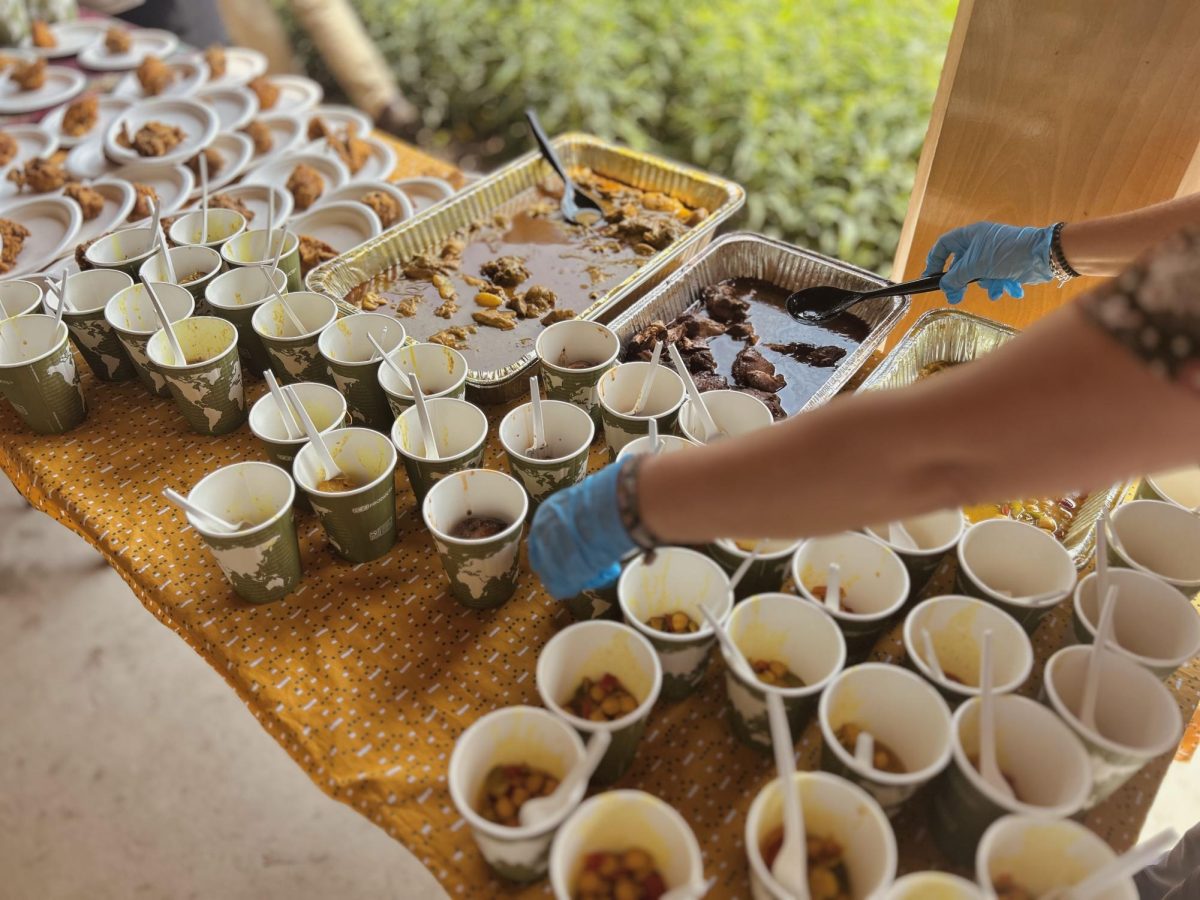
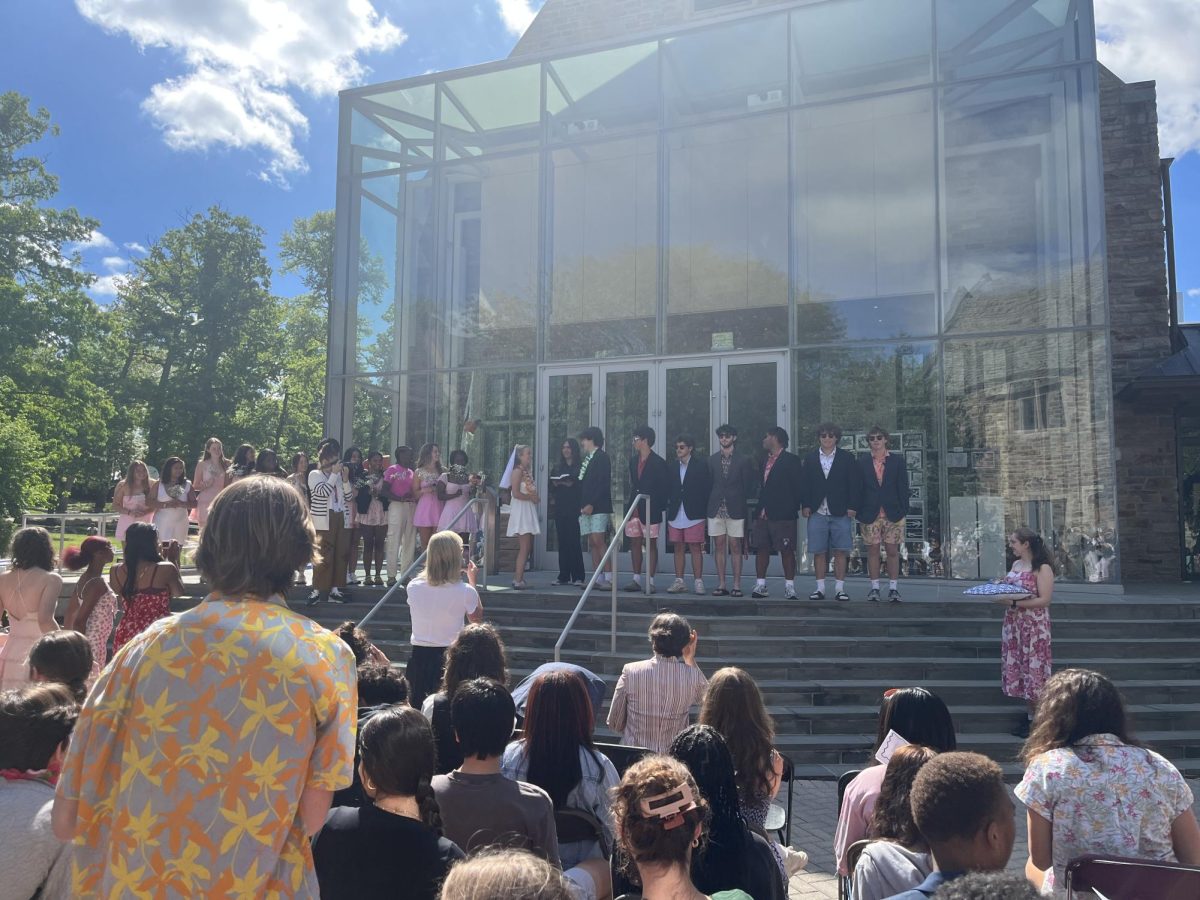
![A Phone Ban at Friends? [Podcast]](https://thequakerquill.org/wp-content/uploads/2025/05/magenta-VrRT19_ZjUY-unsplash-1200x900.jpg)
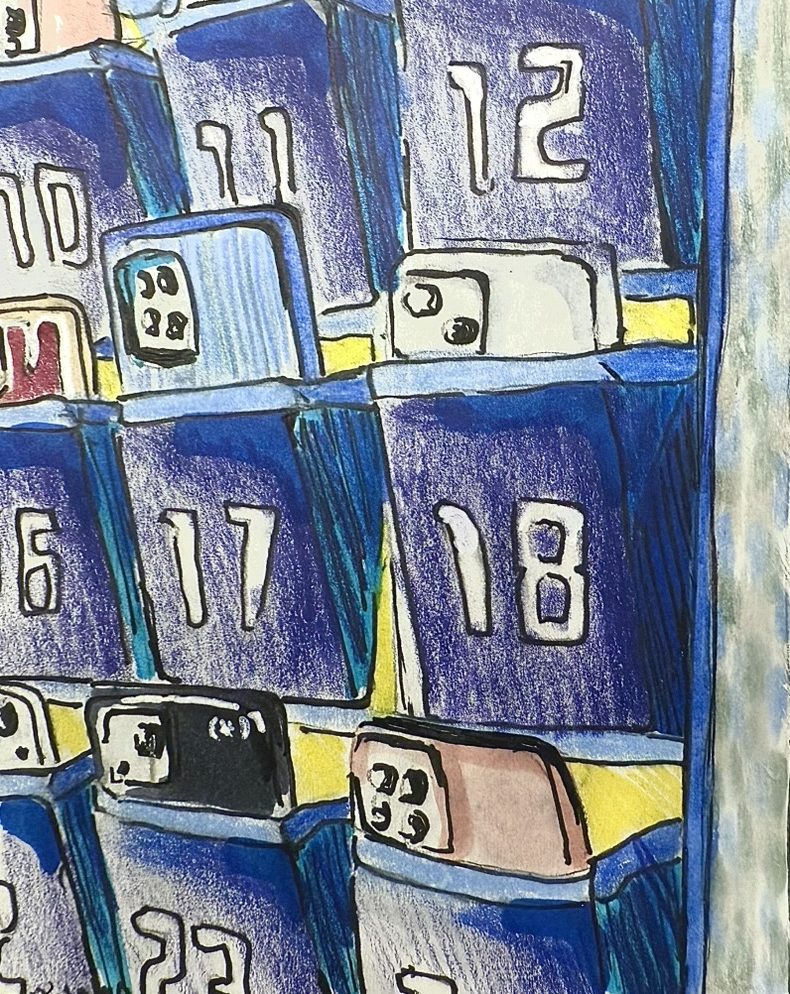

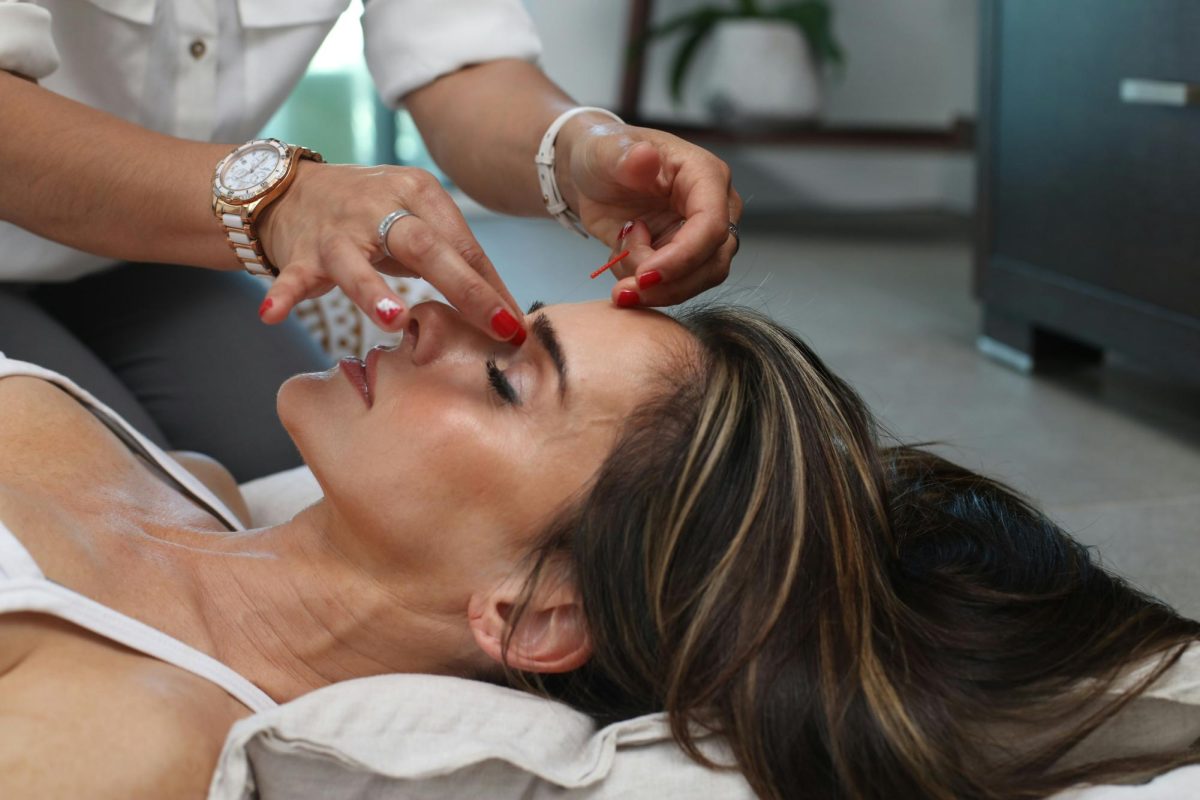


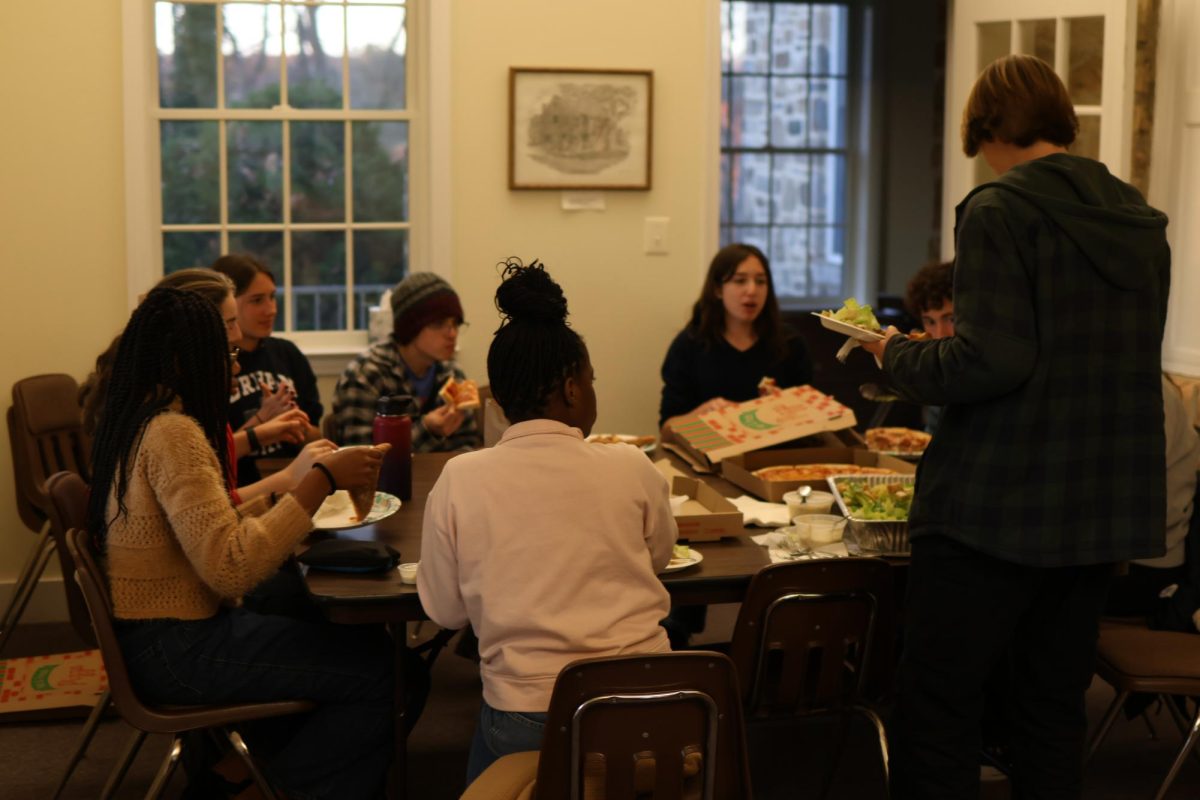

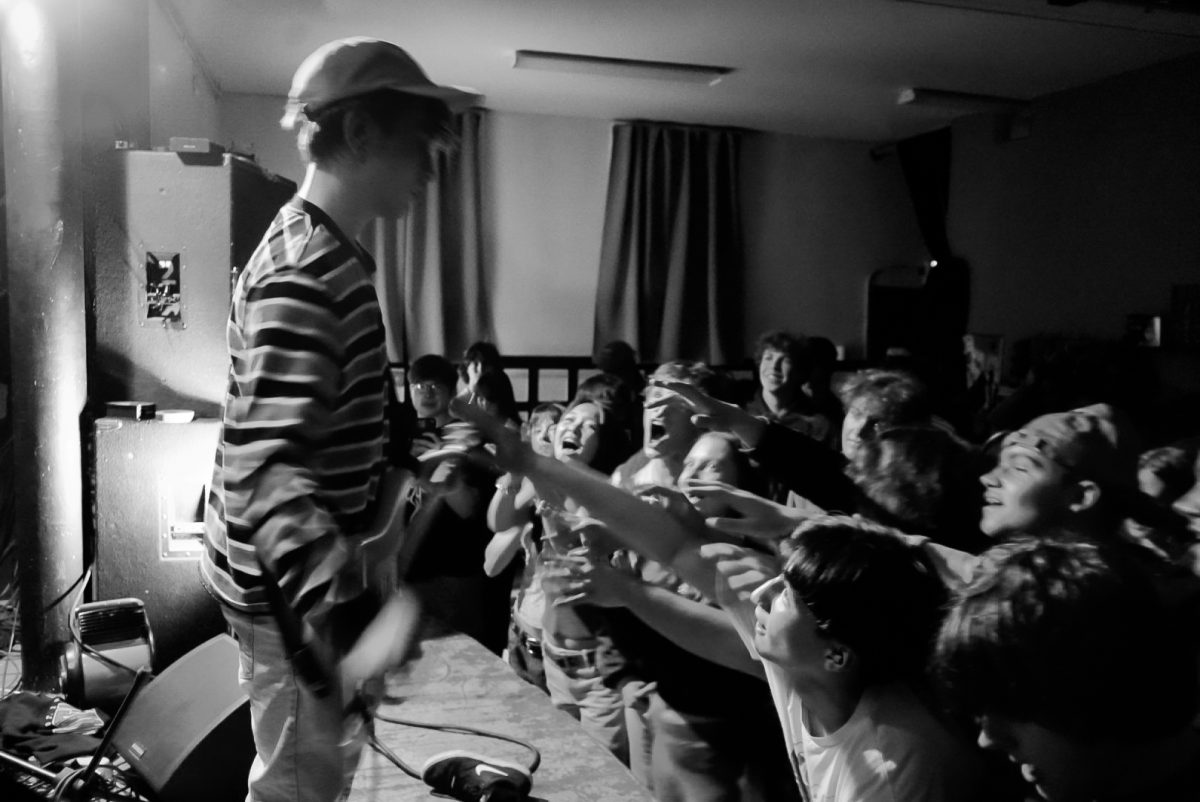
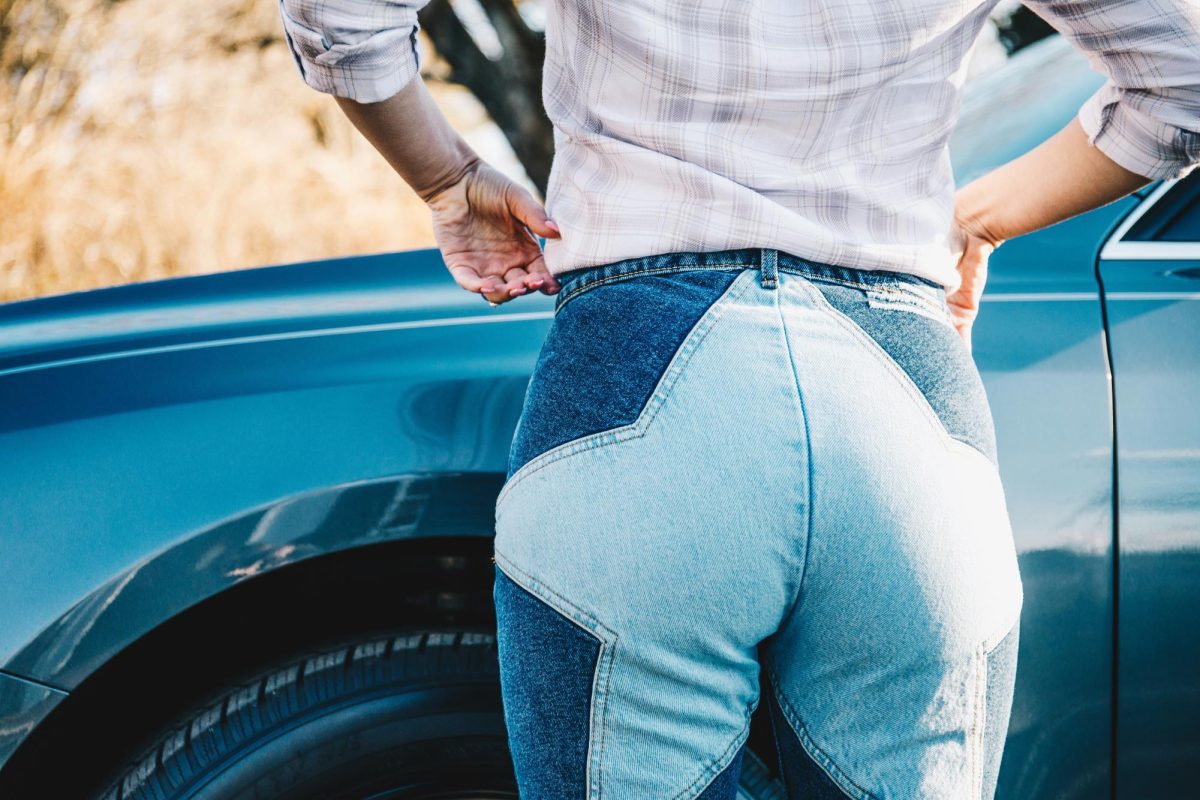
![How Freestyle Club Began [Podcast]](https://thequakerquill.org/wp-content/uploads/2025/05/charly-alvarez-Jv9untmB7G4-unsplash-1200x800.jpg)
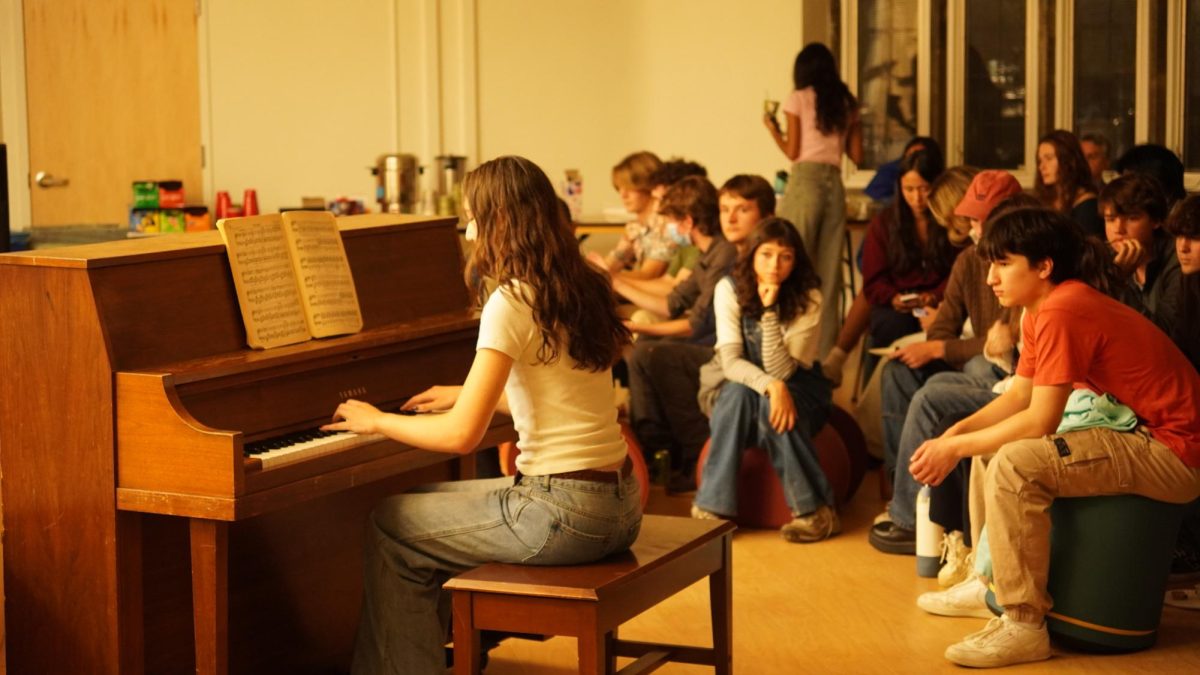
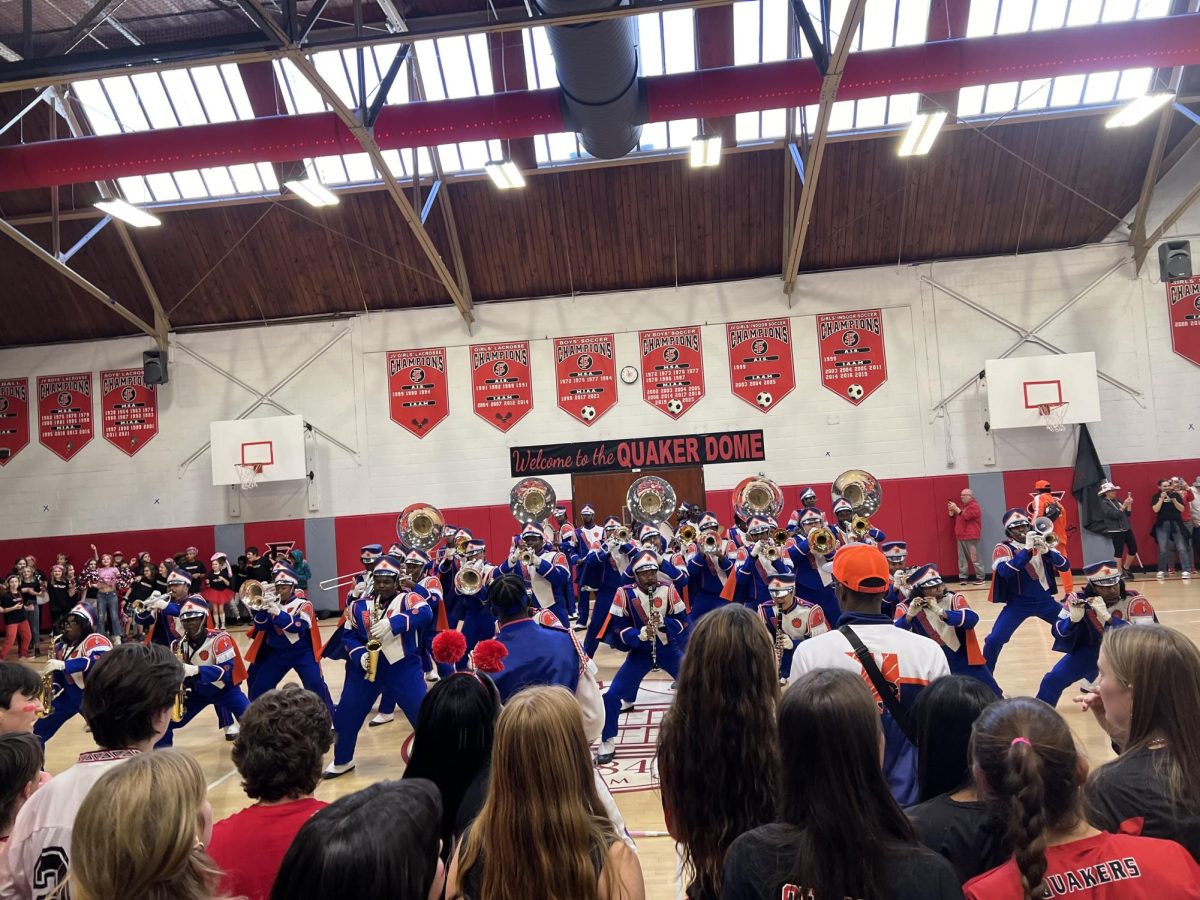
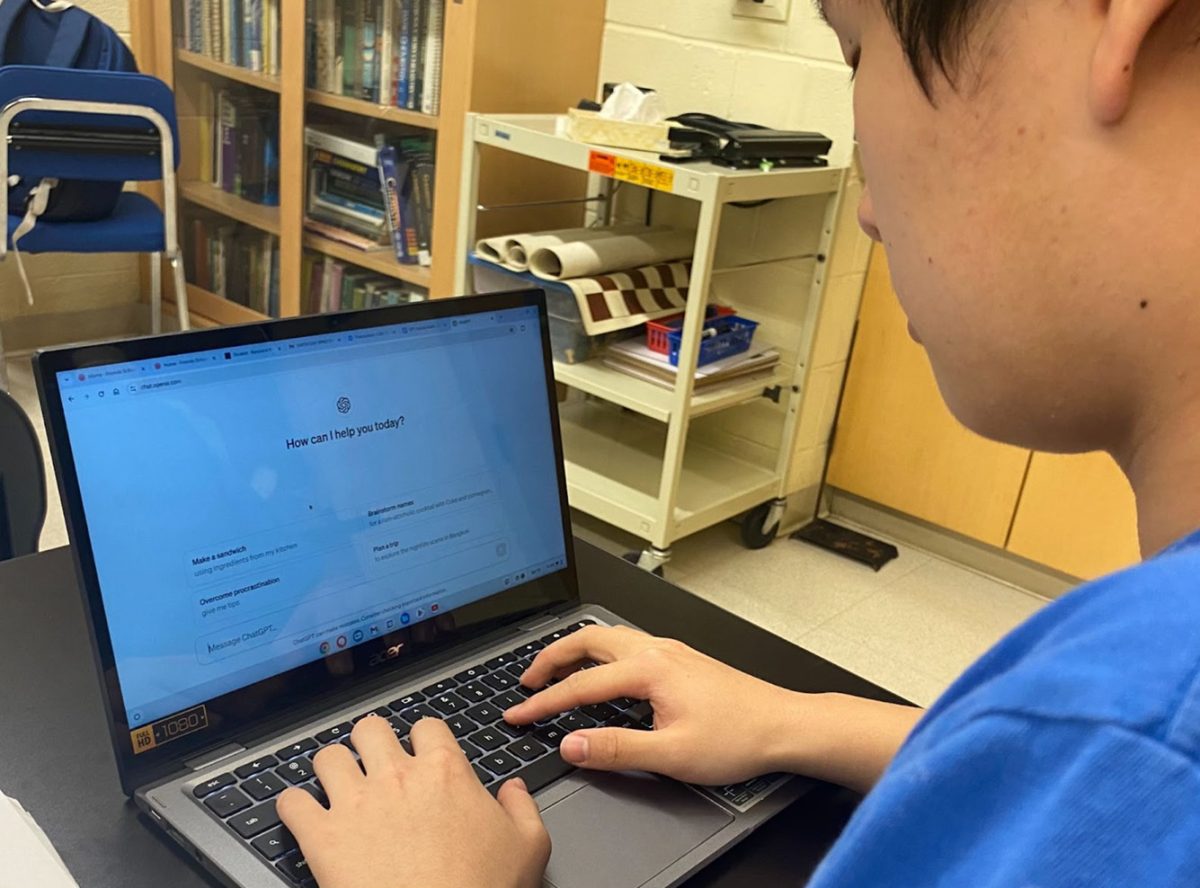
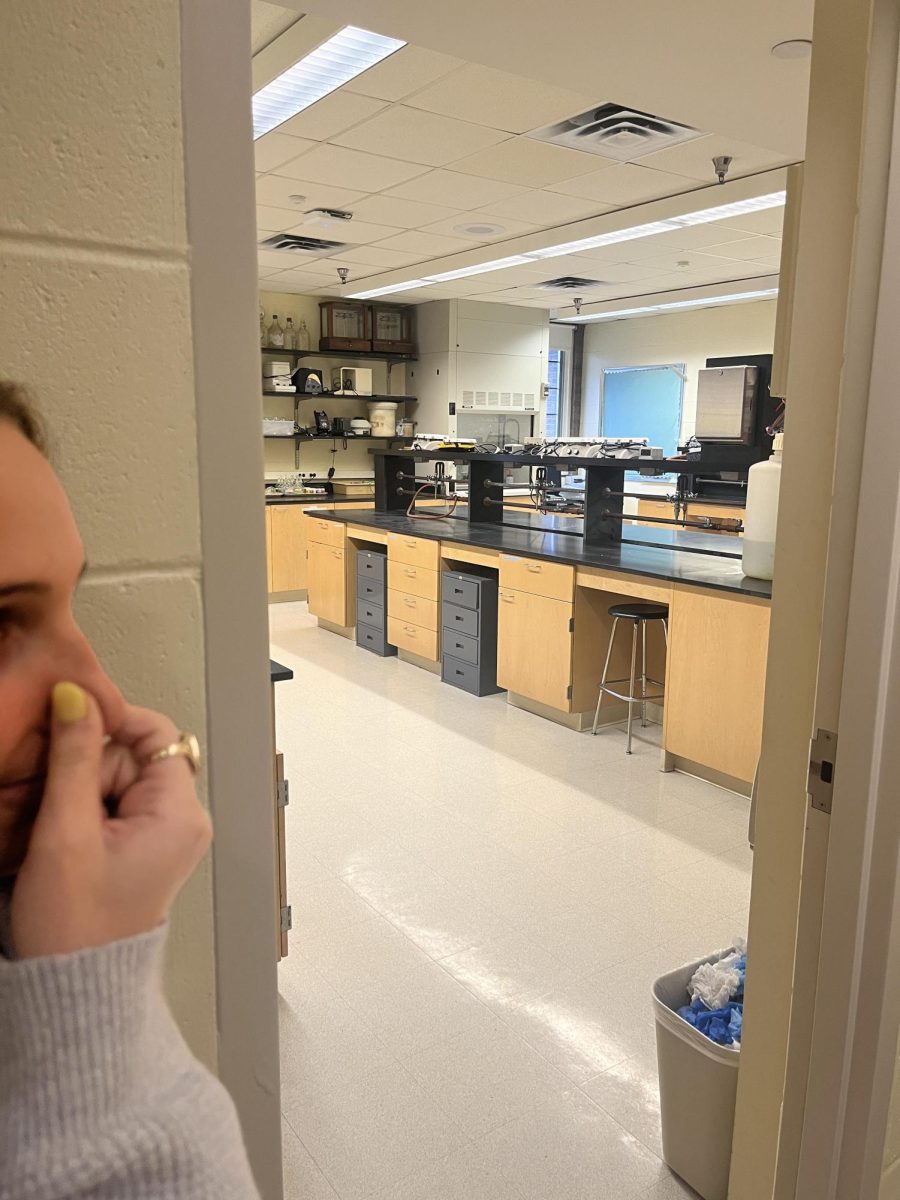
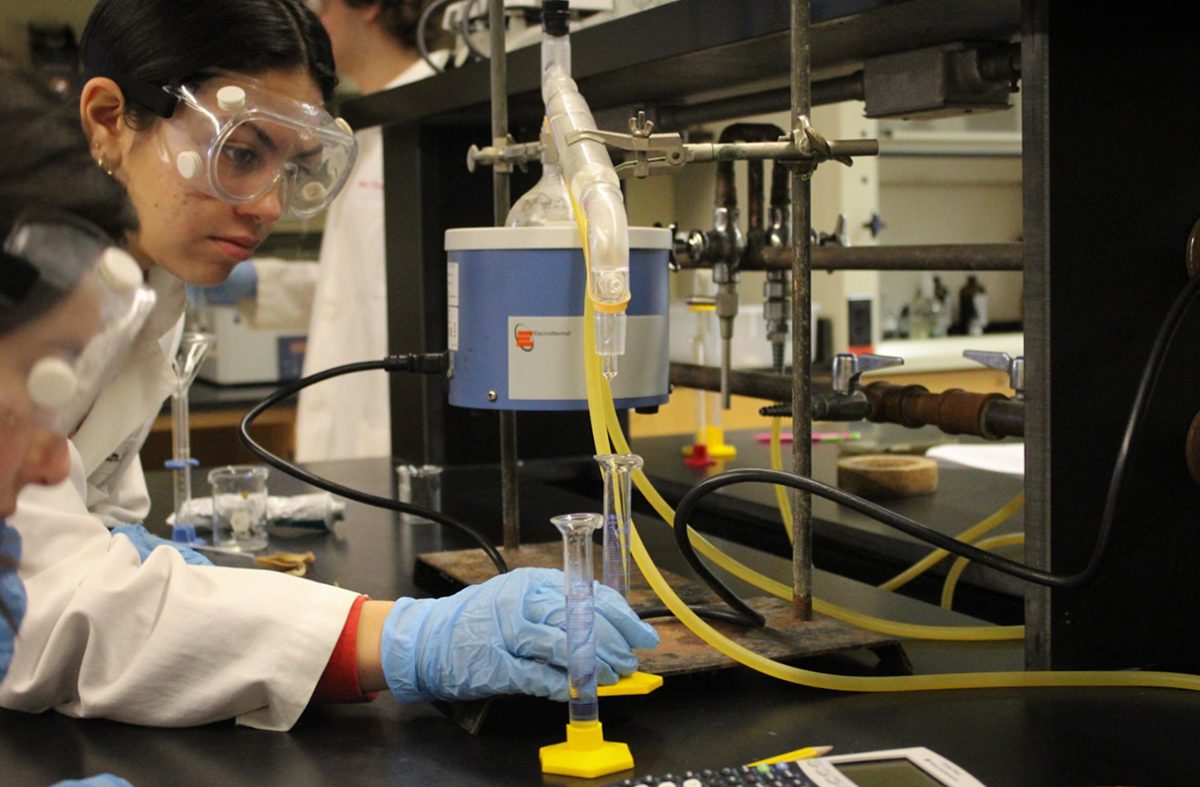
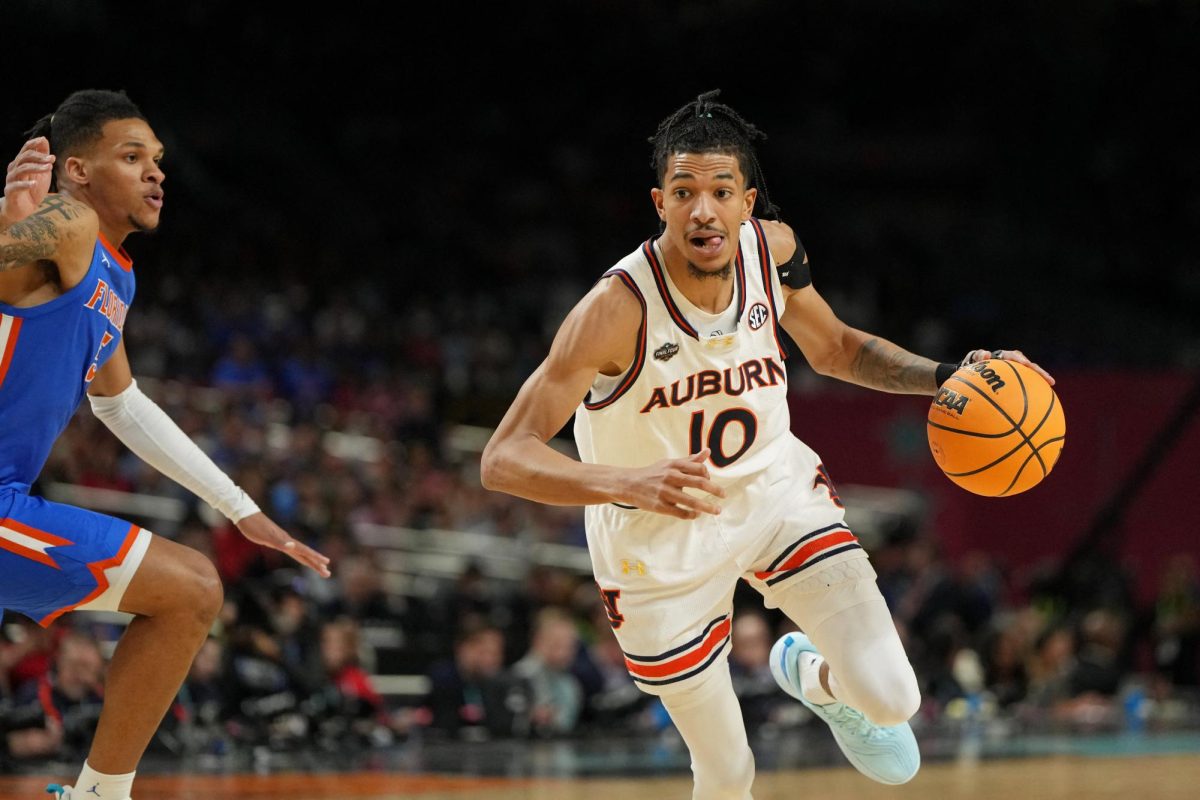
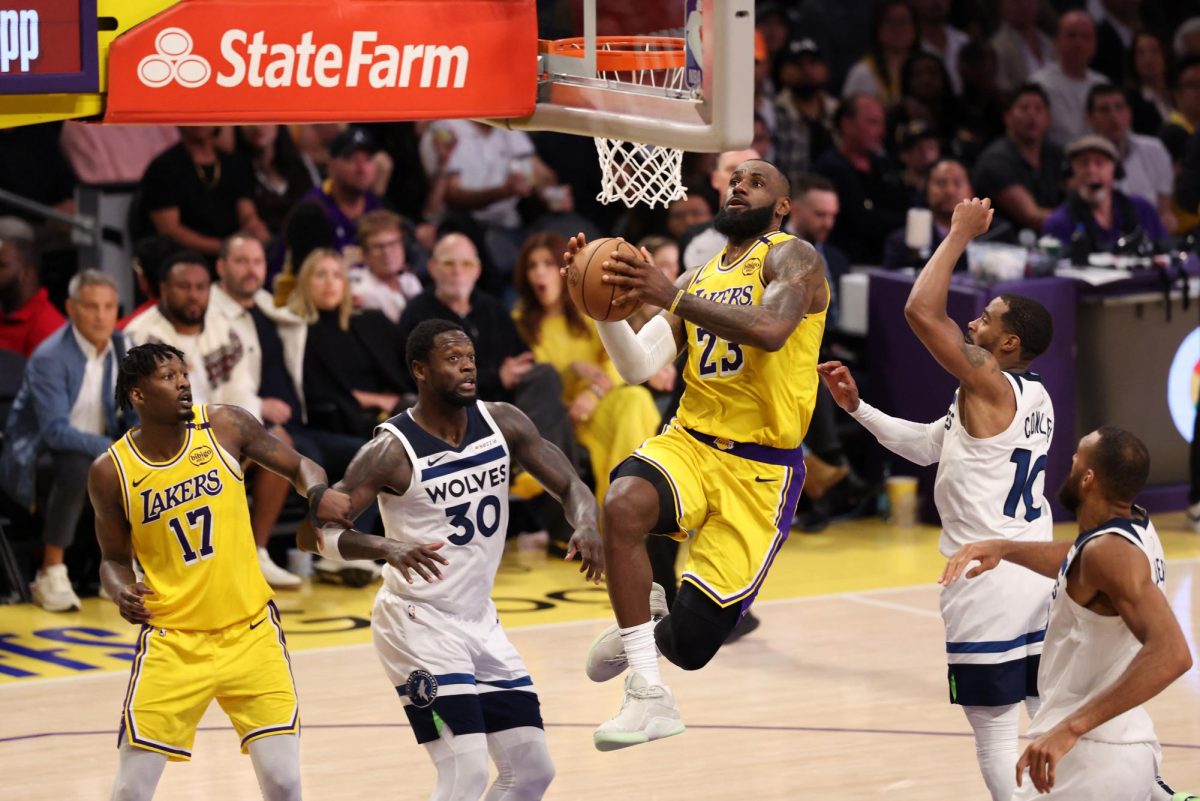
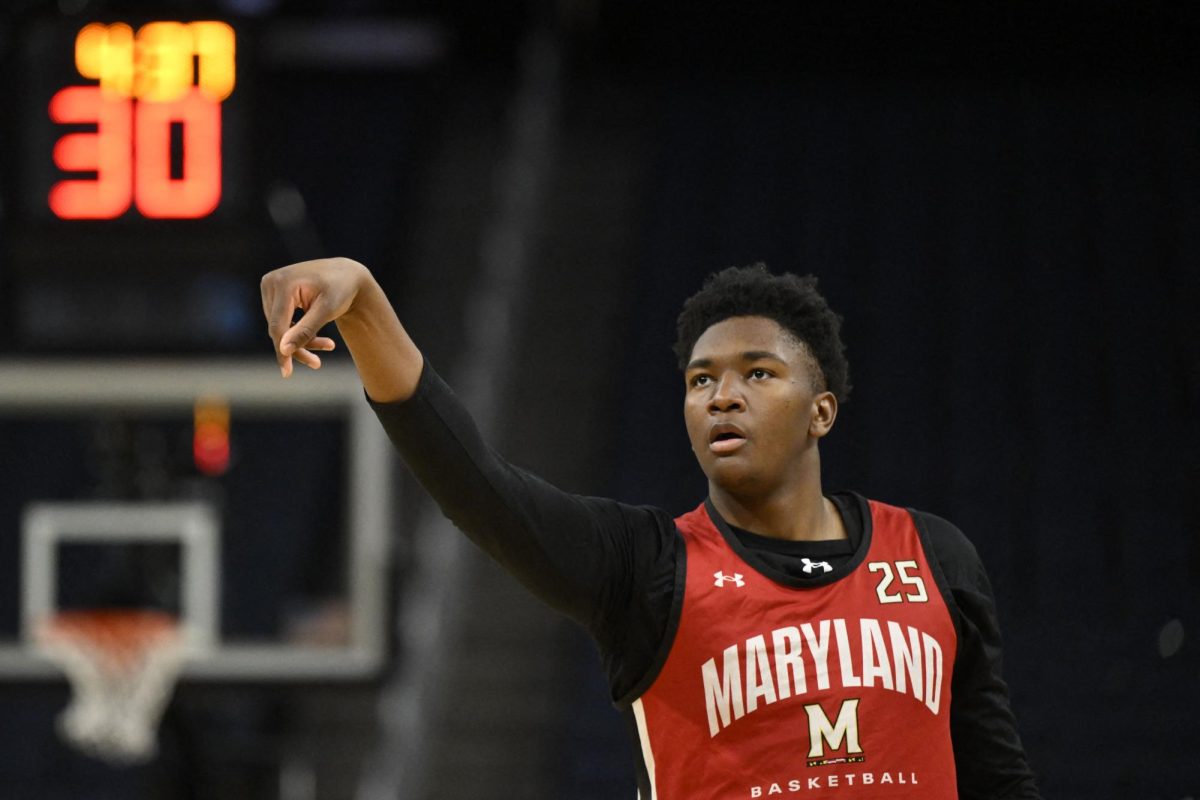
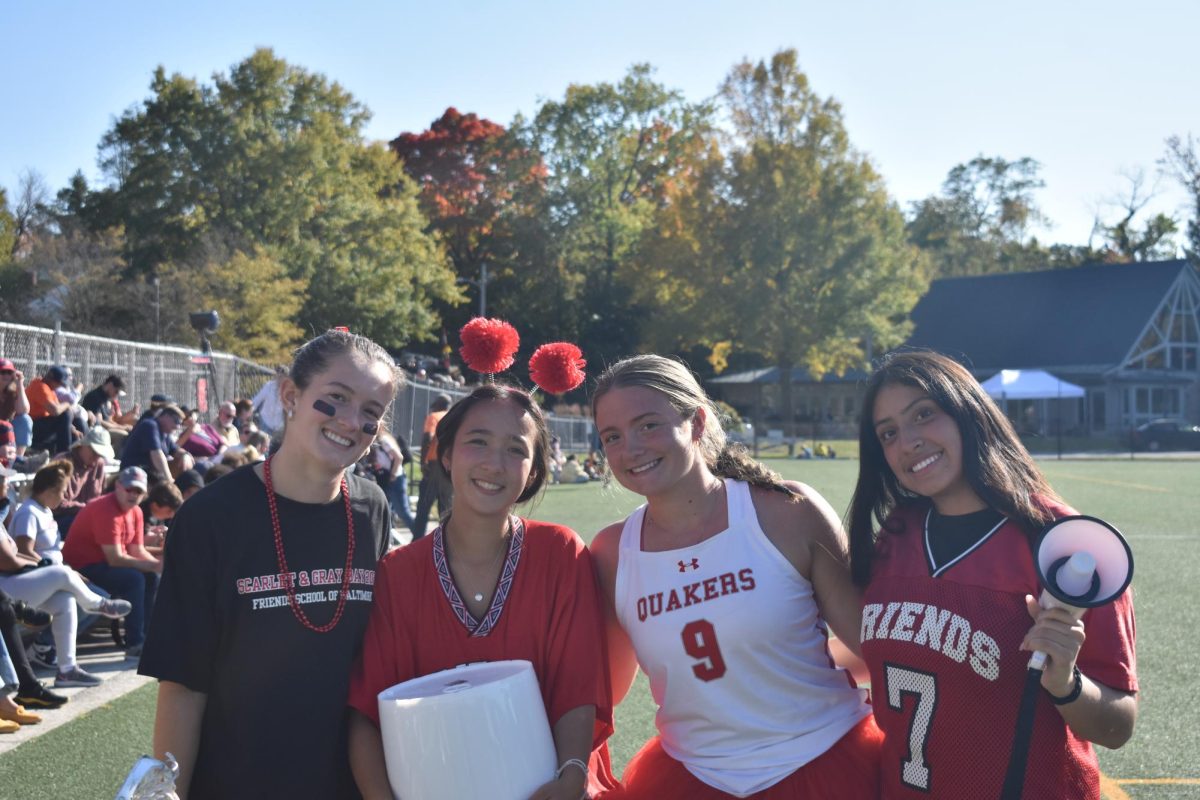


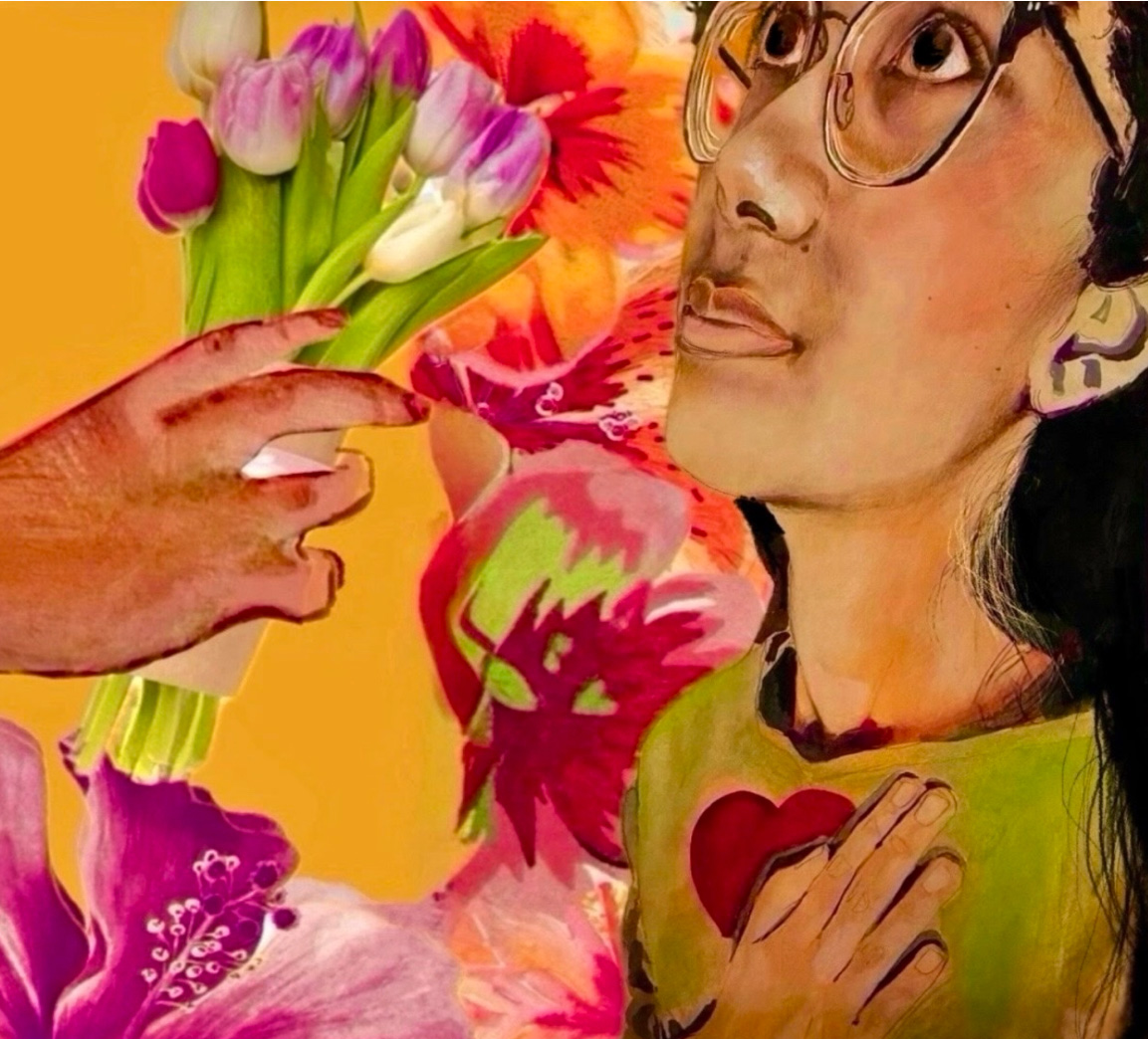

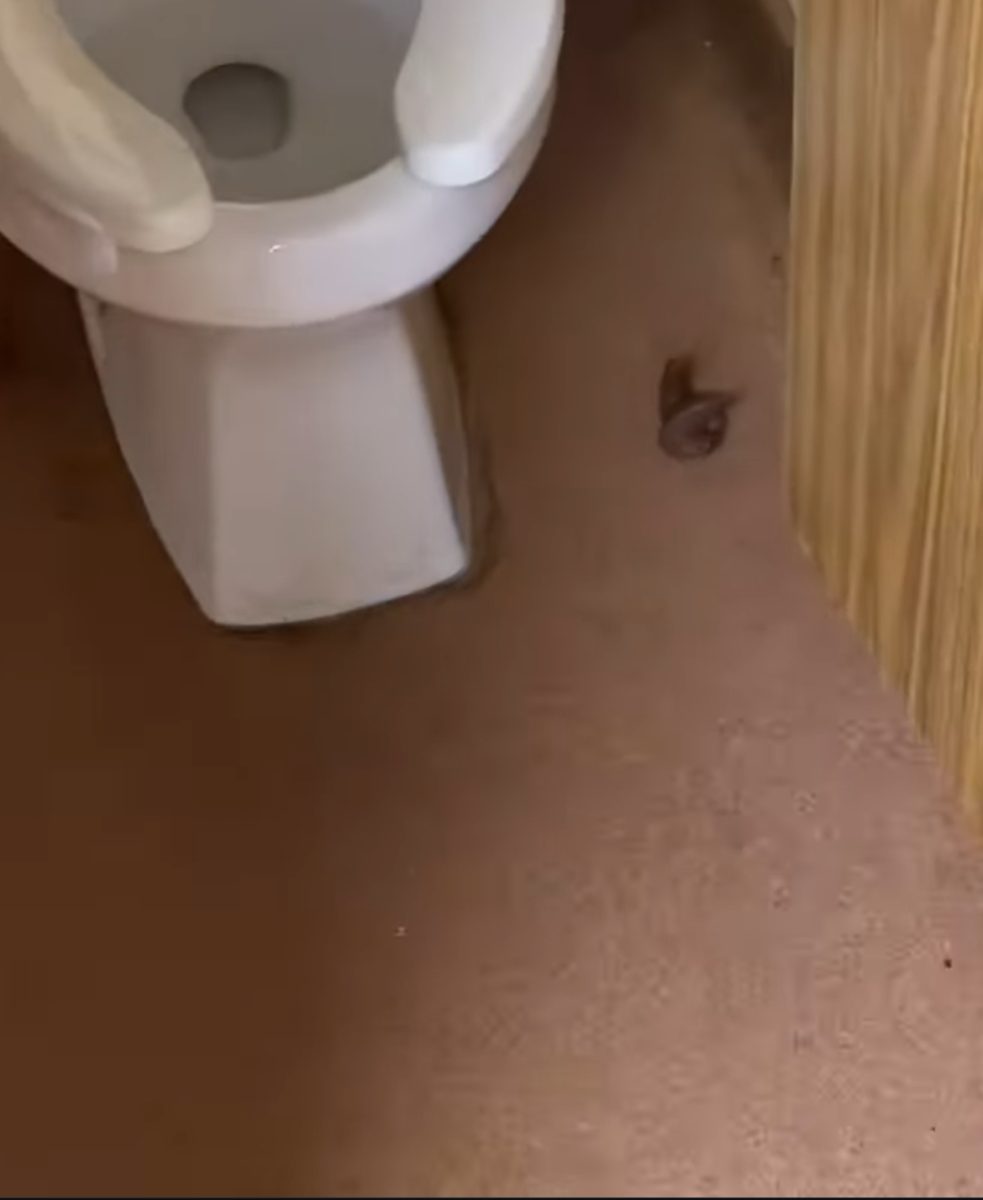
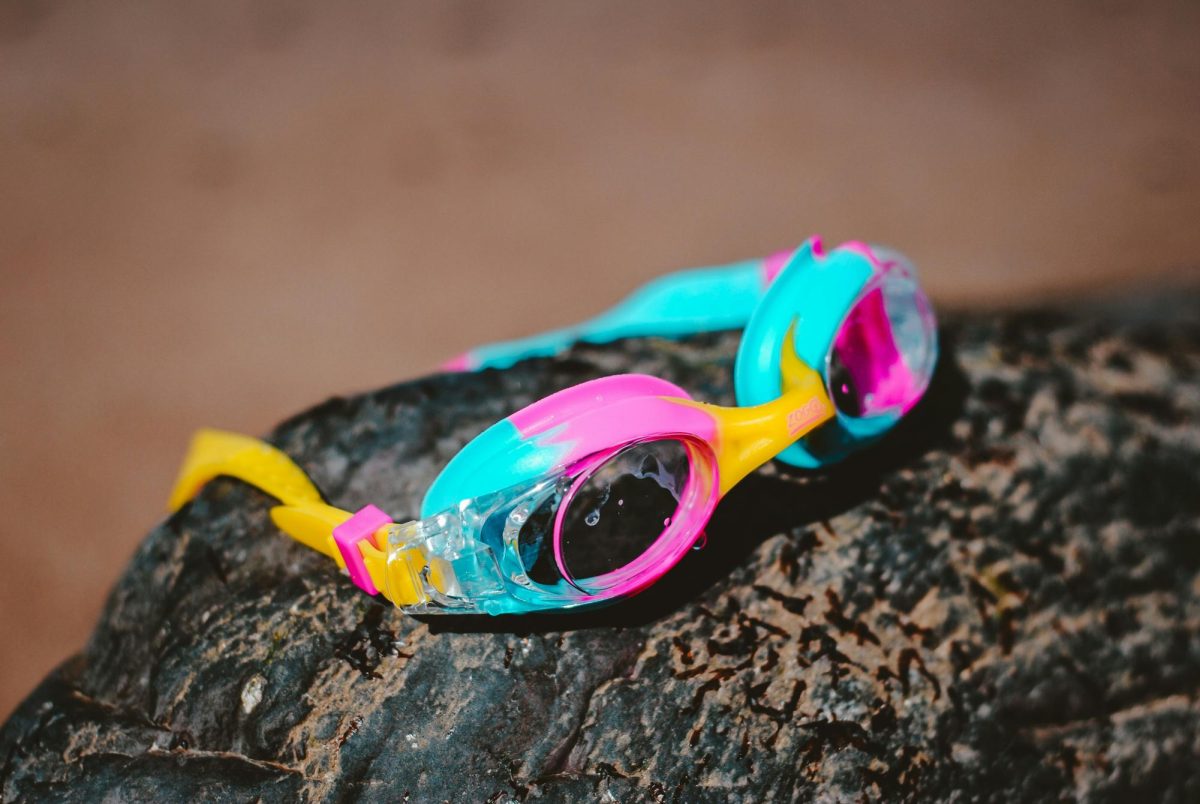
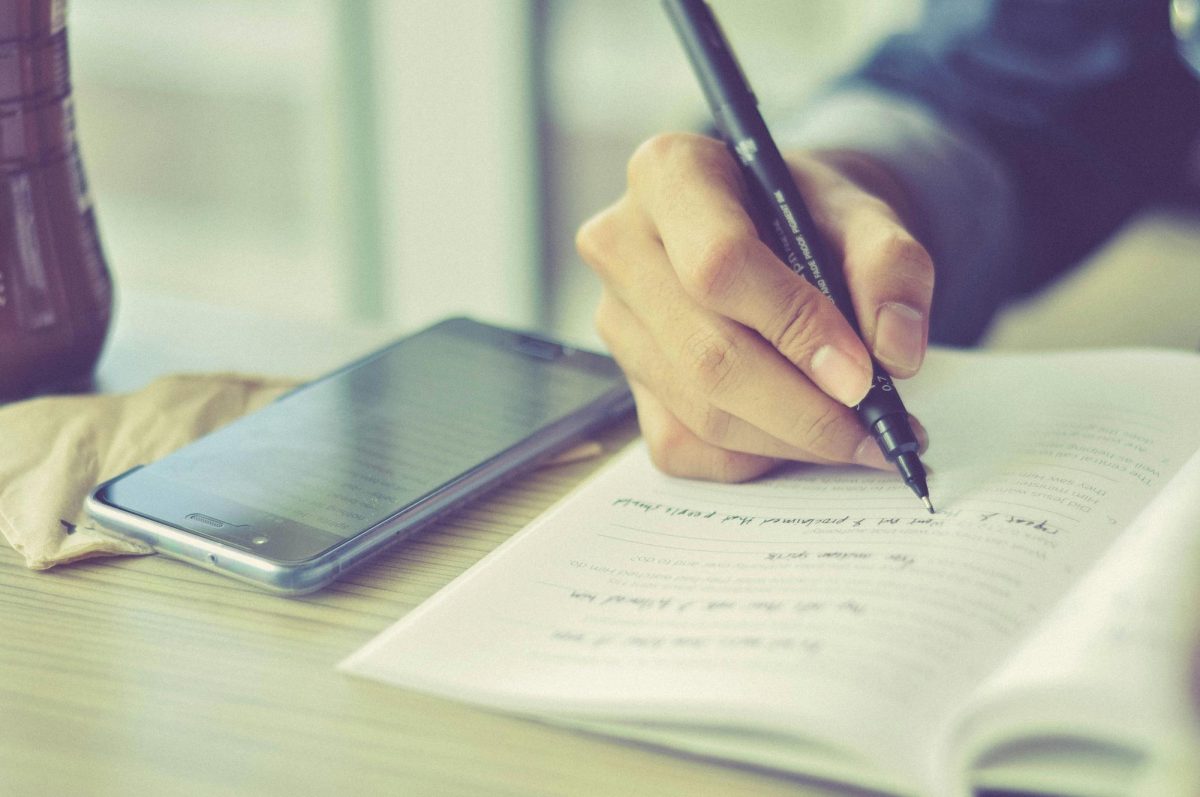
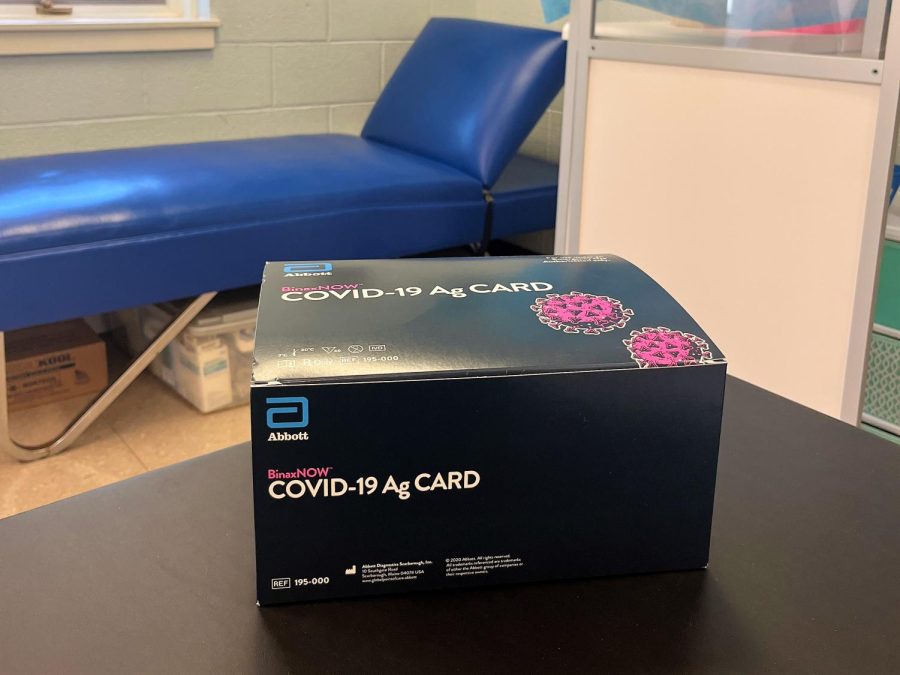
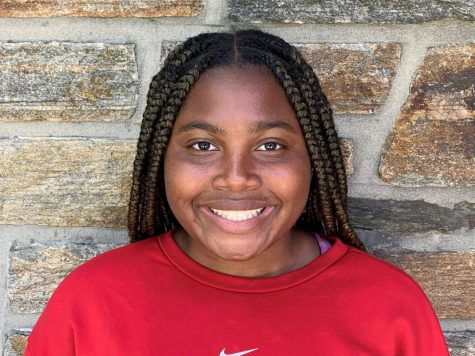
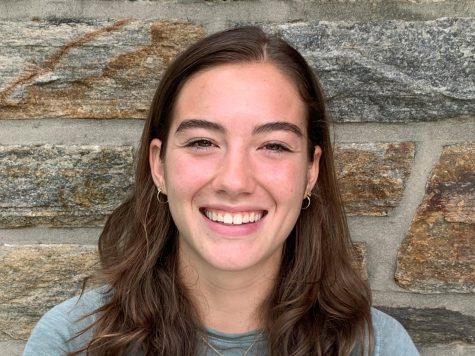

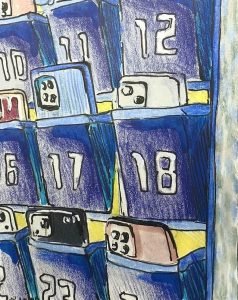

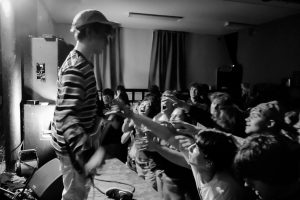
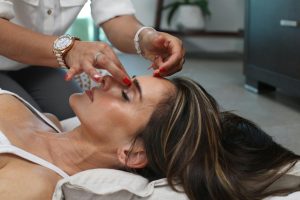
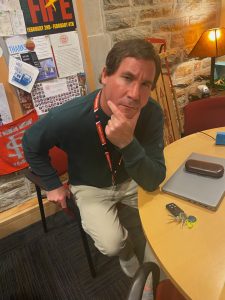
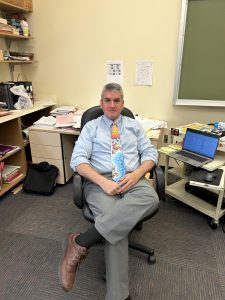


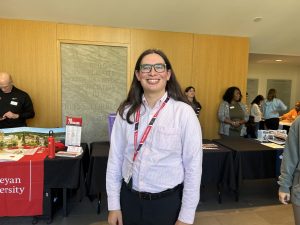
![A Phone Ban at Friends? [Podcast]](https://thequakerquill.org/wp-content/uploads/2025/05/magenta-VrRT19_ZjUY-unsplash-300x225.jpg)
